PPT-Starting your Own AT Business:
Author : danika-pritchard | Published Date : 2018-03-17
Ideas for new market areas Jeff Symons MSE ATP Rehabilitation Engineer Enginerd wwwjeffsymonsconsultingcom My Background Worked in AT for 25 years with RERC California
Presentation Embed Code
Download Presentation
Download Presentation The PPT/PDF document "Starting your Own AT Business:" is the property of its rightful owner. Permission is granted to download and print the materials on this website for personal, non-commercial use only, and to display it on your personal computer provided you do not modify the materials and that you retain all copyright notices contained in the materials. By downloading content from our website, you accept the terms of this agreement.
Starting your Own AT Business:: Transcript
Download Rules Of Document
"Starting your Own AT Business:"The content belongs to its owner. You may download and print it for personal use, without modification, and keep all copyright notices. By downloading, you agree to these terms.
Related Documents

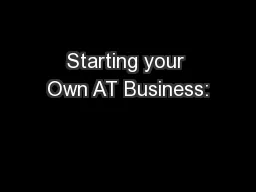
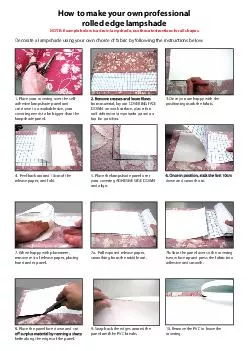
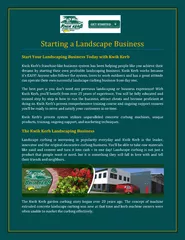
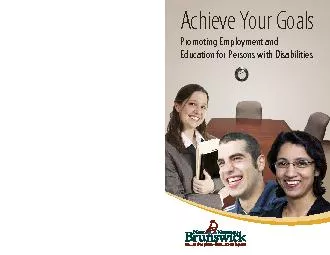
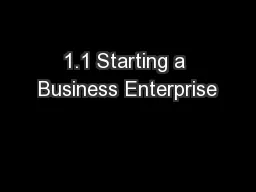
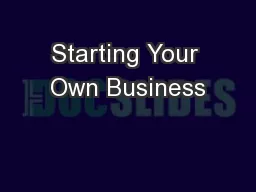
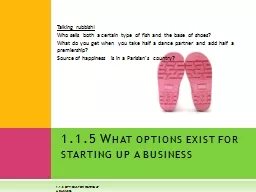

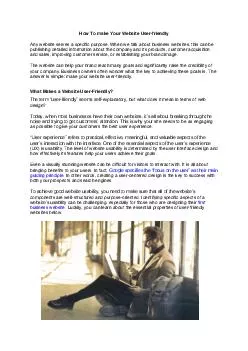
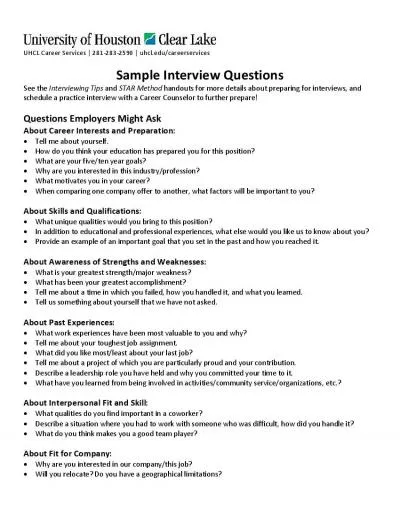
![[EBOOK] - Start Your Own Law Practice: A Guide to All the Things They Don\'t Teach in](https://thumbs.docslides.com/905581/ebook-start-your-own-law-practice-a-guide-to-all-the-things-they-don-t-teach-in-law-school-about-starting-your-own-firm-open-f.jpg)

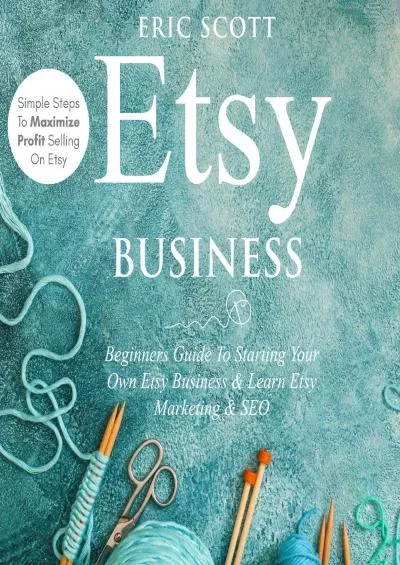
![[PDF READ ONLINE] Starting Off Right in Law School (Starting Off Right Series)](https://thumbs.docslides.com/1020243/pdf-read-online-starting-off-right-in-law-school-starting-off-right-series.jpg)